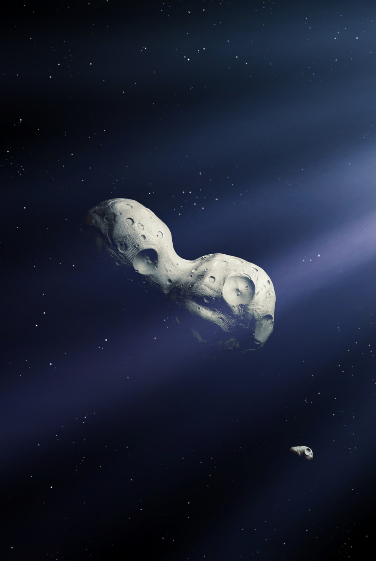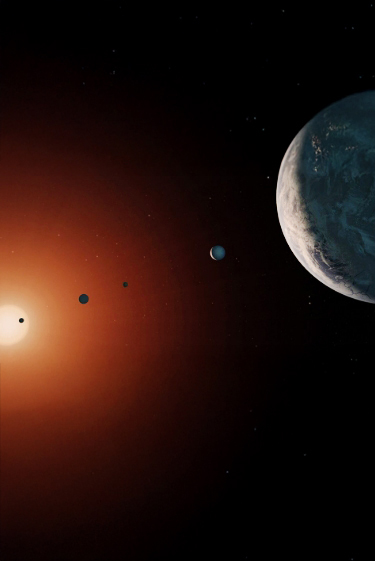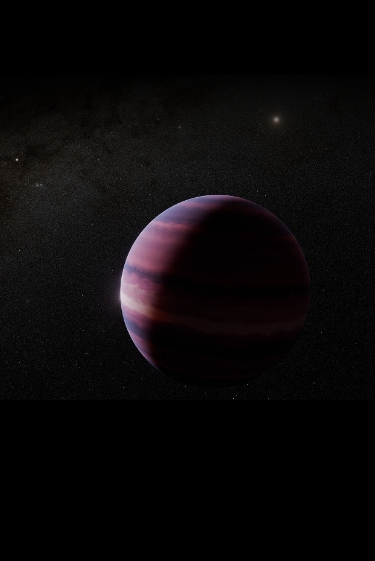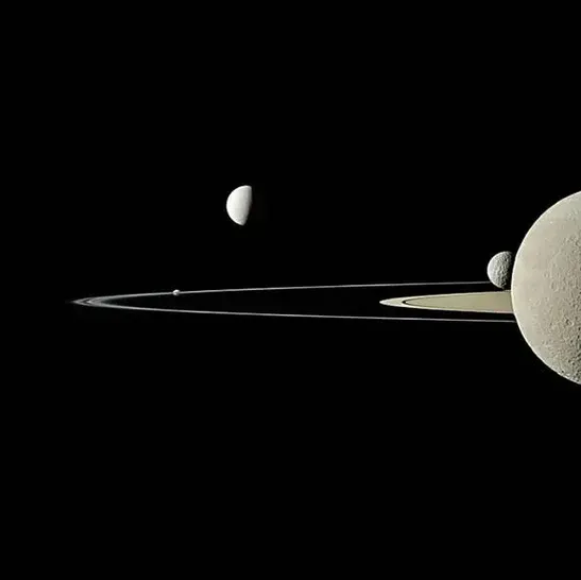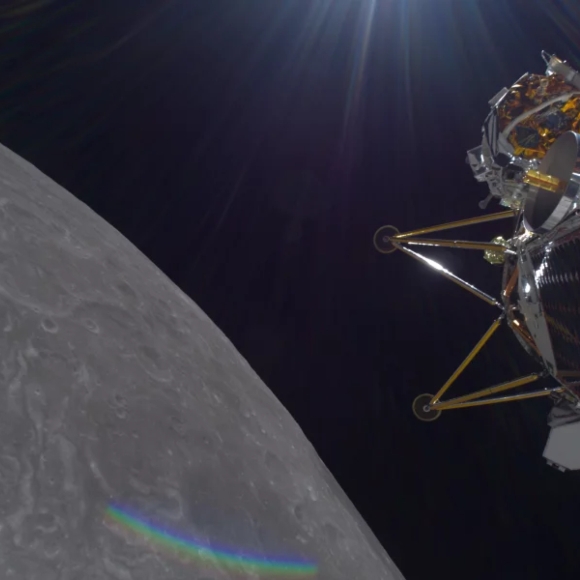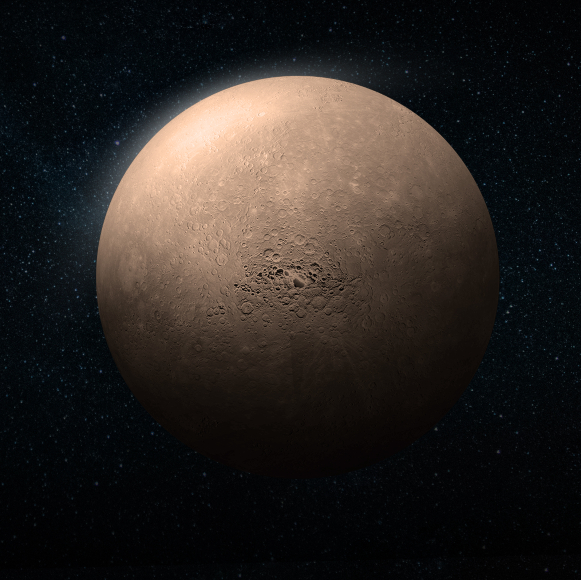Planetary Science
Solar Storms and a Mars-Bound Launch: This Week in Space
Blue Origin successfully launched a mission to Mars — despite solar storms that lit up the aurora as far south as the U.S. Deep South. China sets new launch records, and astronomers uncover unusual planets in a distant star system. This Week in Space
A Twin Mission to Study Mars: ESCAPADE Takes Flight
The United States has launched two satellites to study the atmosphere of our neighboring planet, in the first operational launch of Blue Origin’s New Glenn rocket — a mission that concluded with a successful landing of its first stage on a sea platform.
End of an Era for Starship: This Week in Space
SpaceX has completed testing of Version 2 of its Starship launch system and is preparing for Version 3. Meanwhile a small asteroid was discovered just days before passing close to Earth, and scientists have identified unexpected complex molecules on Saturn’s moon Enceladus. This Week in Space
Head of the ISA Steps Down: This Week in Space
The director of the Israel Space Agency concludes his tenure, a Chinese experiment successfully simulates a lunar landing, the upgraded configuration of the Vulcan rocket lifts off for the first time, and a promising exoplanet is revealed to be a cosmic disappointment.
Missed Shots and Milestones: This Week in Space
Disappointment as the continuation of the Israeli experiment to photograph sprite lightning from space comes back empty-handed, another delay for Boeing’s spacecraft, a travel record on Mars, and the birth of new planets. This Week in Space
Saturn’s Moons, Layoffs, and a New Telescope: This Week in Space
NASA is initiating layoffs as part of a cost-cutting plan. Meanwhile, a powerful new space telescope has launched, 128 new moons have been discovered orbiting Saturn, and the Voyager spacecraft are getting a life-extending strategy. This Week in Space.
Building Blocks of Life Found on Asteroid Bennu
Scientists analyzing samples from the asteroid Bennu have identified thousands of organic molecules, including the building blocks of proteins and genetic material. “This increases the likelihood of finding life elsewhere,” researchers say.


